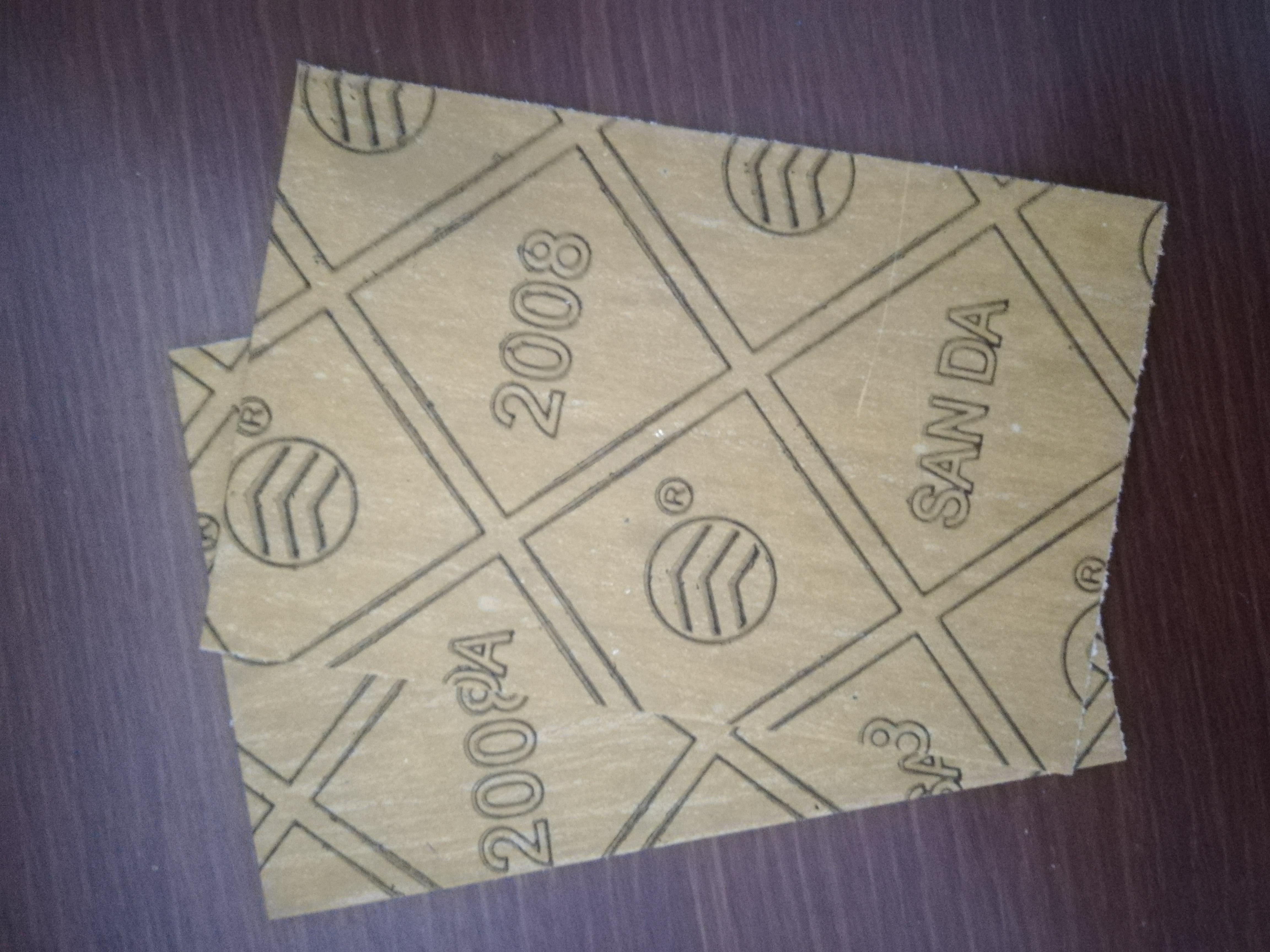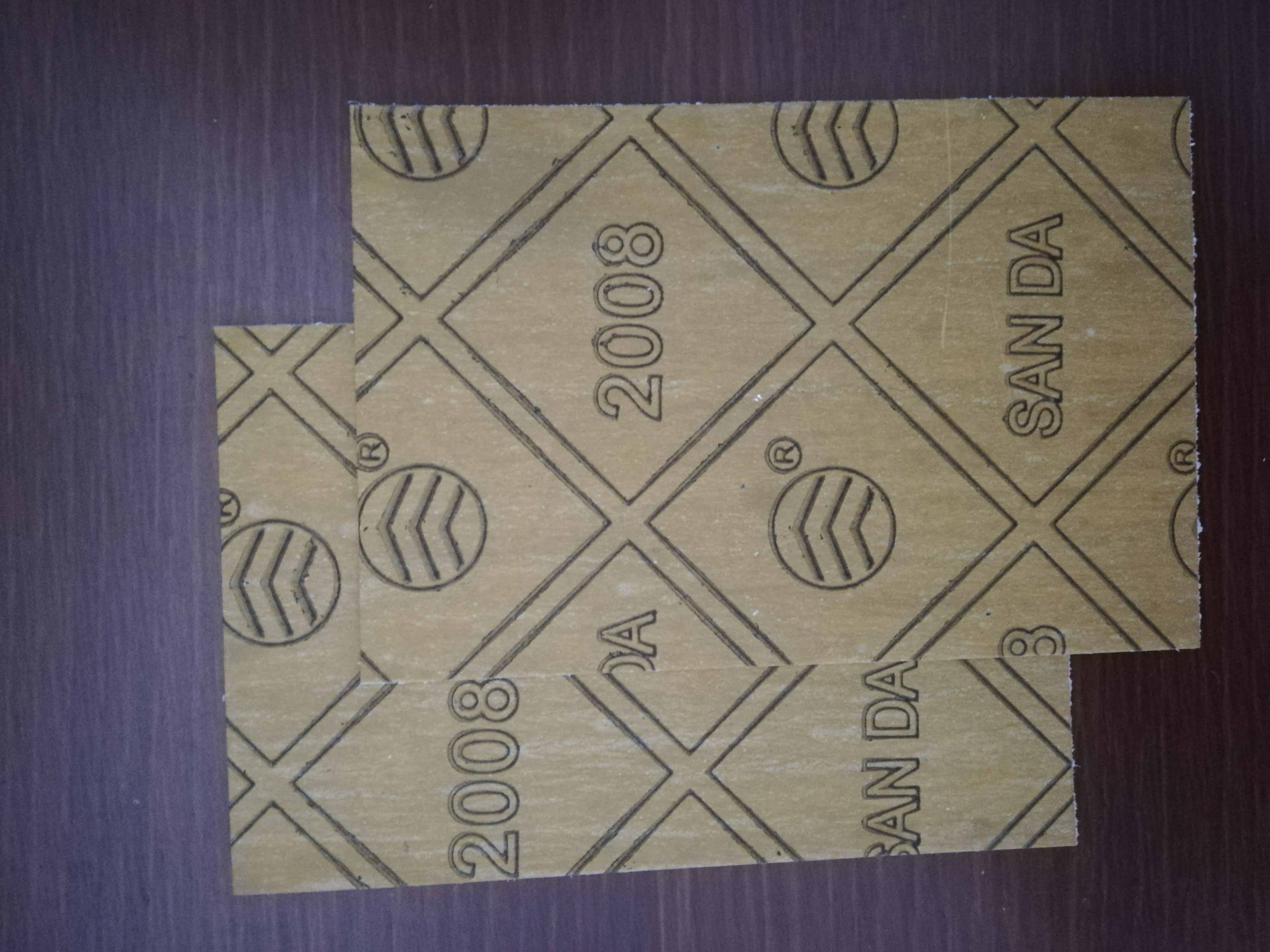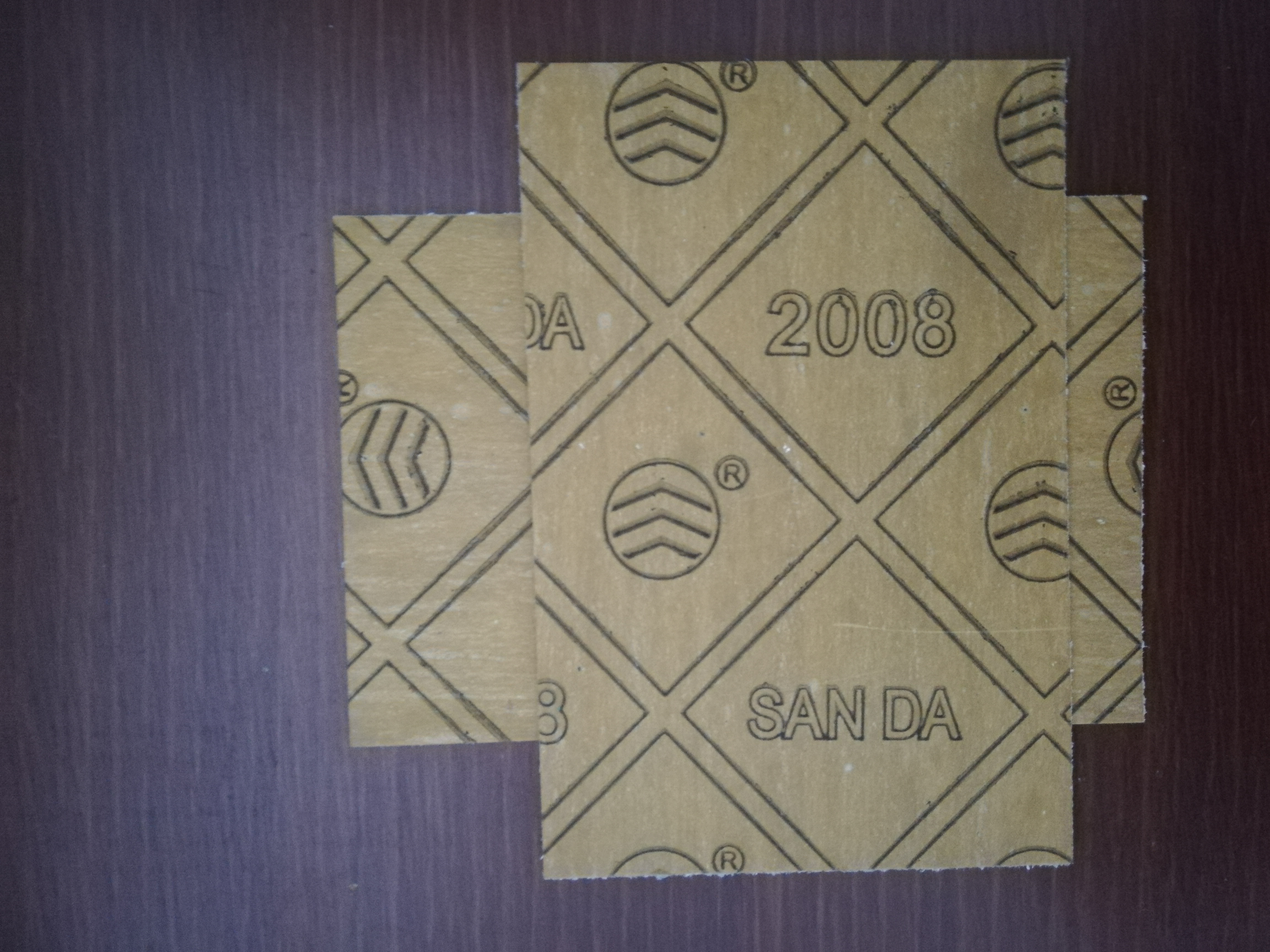Project team introduction The National “973†Program “Research on Key Issues in Polymer Molding Simulation and Mold Design and Manufacturing†was organized by Academician Shen Changyu as the chief scientist, and 11 units within the United Nations jointly undertake the national strategic field and the national pillar industry high polymer products. With the background of molding and mold design and manufacturing, it is committed to solving the key problems of “formingâ€, “chengchengâ€, “serviceability†and “process control and mold optimization†of high-polymer structural products, providing China with a transformation from a manufacturing power to a manufacturing power. Theoretical and technical support. At 7:30 on the morning of October 17, the Long March 2F carrier rocket carrying the Shenzhou 11 manned spacecraft was fired at the Jiuquan Satellite Launch Center. After about 575 seconds, the Shenzhou 11 manned spacecraft and the rocket were successfully separated. Entering the scheduled orbit, the two astronauts of Jing Haipeng and Chen Dong were successfully sent into space. The flight crew was in good condition and the launch was a complete success. Two days later, the manned spacecraft carried two astronauts and Tiangong 2 successfully docked, and began a number of space science experiments and space applications, especially the rendezvous and docking technology of the space station orbit. After entering the Tiangong-2 Space Laboratory, the astronauts will conduct a mid-term residency test to assess the support capabilities of the astronauts for the life, work and health of astronauts, as well as the ability of astronauts to perform missions. This will be the strategy for manned spaceflight engineering in China. The third step of the construction of the space station took a solid step. In order to explore the mysteries of the universe, astronauts must wear space suits that use special materials, special techniques, and special techniques for space flight and even outboard activities. In space suits, the aerospace window on the helmet is one of the important components. It not only directly affects the astronauts' observation of outer space, but also closely relates to the life safety of astronauts! Extremely demanding conditions for manufacturing aerospace windows On September 27, 2008, astronaut Qi Zhigang left China's astronauts in space in the "Flying Sky" spacesuit developed by China. This also made China the third country to master space outbound technology. When Zhi Zhigang saw the space through the aerospace window on the helmet and extended his arms to the space, as the developer of the aerospace window, we felt the pride and pride of supreme! Space suits generally consist of a pressure chamber, a helmet, gloves and boots, and are divided into two types: inner and outer. The helmet face window component is a window for astronauts to observe the outside world when they are in outer space. It can be said to be the "eyes" of the astronauts. It not only provides the astronauts with a clear and good view, but also the most critical component of the astronauts' life support. one. Of course, the aerospace window is different from the face window on the helmet we usually wear when riding a motorcycle. Because there are too harsh temperature conditions in space, there are countless unpredictable dangers. These are the materials for the aerospace window. And the design presents unusually demanding requirements. First, the aerospace window should be able to withstand the extreme temperature environment of space. Due to the absence of air heat transfer and heat dissipation in space, the aerospace window is exposed to direct sunlight, which can generate temperatures up to 100 °C. On the other side of the shade, the temperature can be as low as minus 100 °C. Therefore, the first thing for aerospace windows is to be able to withstand extreme thermal expansion and contraction. Second, the aerospace window must be zero-defect. Because of the zero atmospheric pressure in space, any defect will expose the astronauts to space and will face four major risks of loss of pressure, lack of oxygen, low temperatures and radiation damage. If people are directly exposed to space, hypoxia will kill people quickly and suffocate. At the same time, without atmospheric pressure, people will die immediately due to the internal organs and organs. Moreover, in the ultra-low temperature environment of 269 ° C in space, people will freeze to death immediately. Experiments have shown that if the spacesuit is rapidly decompressed, the astronauts will die after 15 seconds - this is the time the body uses all the oxygen in the body. Second, the aerospace window should be able to block space radiation. Because there is no protection from the Earth's magnetic field and the atmosphere, astronauts will be more exposed to radiation from outer space. Finally, there are countless space debris in space. As astronauts may encounter space debris impacts from space with high kinetic energy when they are flying outside the spacecraft or space station, the aerospace window must be able to withstand these unprepared highs when encountering these debris. The impact of kinetic energy space debris. Making aerospace windows is not a simple technical activity Since the conditions for manufacturing aerospace windows are so harsh, what material is the transparent aerospace window made of? In fact, we are no stranger to it. It is an engineering plastic, a copolymer of polycarbonate or polycarbonate, which is the same resin as our glasses and car lampshade. Polycarbonate is a linear carbonic acid polyester in which carbonic acid groups in the molecule are alternately arranged with other groups and belong to a polymer having a carbonate group in the molecular chain. Polycarbonate is an almost colorless glassy amorphous polymer, but its strength and optical properties are unmatched. However, due to its high molecular weight, rigid molecular chain, high viscosity and poor flow properties, polycarbonate is used to cause poor molding properties, high internal stress, high environmental stress, easy deformation and cracking. The forming of the aerospace window on the helmet brings great difficulty. "There is a tiger in the mountain, and it is biased toward Hushan." Although the temper of polycarbonate is so bad, we still have to shape the aerospace window. After a variety of experimental studies, we decided to use one of the most versatile engineering plastic molding methods - injection molding. During the molding process, the non-Newtonian plastic melt is driven by pressure through the runners and gates to the lower temperature mold cavity. In this process, the melt is rapidly cooled on the one hand by heat transfer of the mold, and on the other hand, heat is generated by high-speed shear. At the same time, it is accompanied by complex physical changes such as melt solidification, volume shrinkage, orientation and possible crystallization, even with macromolecules and chemical changes from small molecules to macromolecules. With this process, engineering plastic products have excellent physical and mechanical properties and superior service performance under specific working conditions. This performance is derived from the composition of the material and the structure of the different levels, including the micro-nano structure. The formation and evolution of different levels of structure depend on the mold design and manufacturing process conditions. It can be said that the molding process not only gives the material a certain shape and size, but also imparts the final structure and properties of the material. Around this topic, from 2007 onwards, the research team of the National Rubber and Plastic Mold Engineering Research Center of Zhengzhou University began the research and development of the space surface window of the spacesuit helmet. In the absence of any experience, our team combined with the use environment and function of the window, and finally used optical grade polycarbonate as the resin, combined with numerical simulation technology, designed and processed precision molds, and used the injection molding method to develop the spacesuit helmet. Surface window products, and through the gold coating of the outermost window to block the ultraviolet rays in space. At present, the aerospace window has been successfully applied to the astronauts' outfits of the Shenzhou-7 spacecraft and the astronauts' cabins on the Shenzhou-9. As one of the 20 award-winning collectives in the country, our research team has also won the “Outstanding Contribution of China Manned Space Engineering†award. Facing the pressure and continuing to serve the aerospace industry In 2008, after the successful launch of the Seventh, the Chinese people always felt extremely proud. However, NASA in the United States specifically proposed a report on China's space service in 2010. This report specifically pointed out that China's extravehicular activities lasted only 18 minutes and did not experience long-term tests. And this has become the starting point for the development of our new generation of aerospace windows. In 2012, Zhengzhou University joined the University of Science and Technology of China, Shanghai Jiaotong University, Sichuan University, South China University of Technology, Huazhong University of Science and Technology, Northwestern Polytechnical University, Institute of Mathematics and Systems Science, Chinese Academy of Sciences, Central South University, Central South University, Mechanical Science Research The hospital has undertaken the national "973" project "high-polymer molding simulation and key problems in mold design and manufacturing". The project is based on the development of a new generation of aerospace surface windows. It is based on the evolution of different layers of polymer materials under complex multi-field interactions, the cross-scale calculation theory of high polymer complex fluids during molding, and the properties of polymer products after molding. Research on key scientific issues such as cross-scale analysis of service behavior, molding process control and multi-objective optimization theory and method of mold design. This project firstly needs to solve the problem of the life and aging of the aerospace window, and how to improve the aging performance from various methods such as material-forming process-product post-processing to change the macromolecular structure. Secondly, it solves the relationship between material-forming process-mold design-optical performance, clarifies the molecular dynamics that affect the optical properties of transparent plastic parts, and the molecular orientation and optical behavior caused by molding (induced optical distortion), etc., and finally solves Product strength analysis problems in extreme environments. After four years of research, the project team has achieved a series of results and successfully applied to the development of a new generation of aerospace surface windows in China. In order to improve the anti-aging performance of aerospace windows, the project team studied the thermal stability of polycarbonate and proposed a random chain breaking/end chain kinetics model to describe the degradation kinetics. At the same time, high-energy gamma ray irradiation was used to prepare long-chain branched polycarbonate with different topological structures. With the introduction of long-chain branched structure and chemical branching points and molecular chain entanglement formed during long-chain branching The effect is effective to improve the environmental stress crack resistance of polycarbonate. In order to solve the problem of UV radiation aging of polycarbonate, we have established a polycarbonate/nano-titanium dioxide composite material, which can absorb and scatter ultraviolet light by using rutile nano-titanium dioxide, and at the same time, to reduce the catalytic degradation of rutile to polycarbonate, and maximize the polymerization. The ultraviolet aging resistance of the material is coated with nanometer titanium dioxide by using silica, which effectively improves the ultraviolet aging resistance of the polycarbonate and shields the ultraviolet ray. In order to control and control the optical performance of the aerospace window, the project team correlated the degree of orientation of molecular chains in the product with optical distortion by analyzing the 2D-SAXS signal of polycarbonate products, and obtained the inherent conditions of injection conditions and optical distortion of the products. Correlation reveals the relationship between injection rate, melt flow direction, and the internal gradation of the sample and the optical distortion of the article. At the same time, the project team used the injection molding simulation theory to obtain the temperature field of the molding process, the dynamic distribution of the pressure field and the distribution of the stress field of the product, and the Lorentz-Lorentz optics using the relationship between the refractive index of the medium and the polarization of the molecule. The theory establishes the relationship between the product density field and the refractive index field, and then uses the Fresnel formula in the electromagnetic theory to calculate the reflected light intensity and the refracted light intensity, and finally calculates the transmittance field of the product. These work laid the theoretical foundation for optimizing the molding process, regulating the internal structure of the product, and controlling the optical properties of the product. In order to realize the integral-structure analysis of aerospace surface windows, the project team established a three-dimensional unified gas-liquid two-phase model and a horizontal set method for motion interface tracking, using smooth particle hydrodynamic methods in the Lagrangian framework. The three-dimensional flow behavior of the aerospace window filling process is simulated. The tensile-compression unified constitutive model of polycarbonate was established by uniaxial tensile and compression tests of polycarbonate materials at different strain rates and temperatures. The constitutive model can effectively describe the complex mechanical properties of strain rate-related effects, temperature-related effects, softening, hardening, and asymmetry of tensile compression properties of polycarbonate, which lays an important foundation for rational prediction of the service behavior of aerospace windows. As the construction of the third-step space station in China's manned spaceflight engineering strategy approaches, we hope that the new generation of aerospace surface windows made of engineering plastics will not only provide astronauts with the eyes to observe the space world, but also protect us like eye protection. The life of an astronaut.
XB380 Asbestos Rubber Gasket Sheet
Description:XB380 Asbestos Rubber Gasket Sheet as a kind of middle pressure Sealing Gasket materials, is made by chrysotile asbestos fiber and NR or synthetic rubber ,compression molding it in 0.5-6.0mm difference thickness sheets.
Usage:XB380 Asbestos Rubber Gasket Sheet is suitable for water,vapour,air,gas,ammonia alkali and other mediums transmitted in the joints of facilities and pipelines.
TEMP:380℃(max)
Dimension:
1500×1500mm;1500×1000mm;1540x1360mm
1270×1300mm; 3810×1300mm
Technical data:
Lateral Tensile Strength/MPa ≥ 13.0
Aging coefficient ≥ 0.9
Loss on ignition/% ≤ 30.0
Compression ratio/% 7~17
Recovery/% ≥ 40
Creep relaxation rate/% ≤ 50
Density(g/cm3) 1.6~2.0
Xb380 Asbestos Rubber Gasket Sheet Xb380 Asbestos Rubber Gasket Sheet,Asbestos Gasket Sheet,Reinforced Rubber Gasket Sheet,Gasket Sheet Rubber Sheet HEBEI HENGDA SEALING MATERIALS CO.,LTD. , https://www.hengdasealing.com
4100×1500mm; 4500 x 1500mm;2000×1500mm;



Plastic aerospace window: protects astronauts like protecting "eyes"
/*kangxianyue 250*250 was created on 2017/3/29*/ var cpro_id = "u2939694";